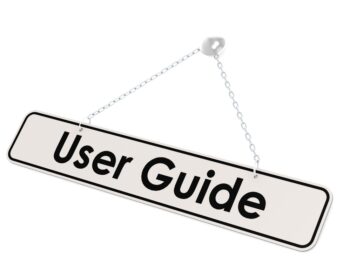In a recent claims audit of one of the country’s largest governmental pools, it was discovered workers’ compensation adjusters were missing many subrogation opportunities. A few examples: the fire and rescue worker bitten by a family’s dog; the meter reader who tripped and fell on a defective sidewalk; the police officer assaulted by a criminal resisting arrest; an office worker who caught her hand in a faulty elevator door.
The work comp adjusters were pursuing subrogation on motor vehicle liability claims, but were missing subrogation opportunities for recovery on less common claims involving products liability, property liability, civil liability and medical malpractice. While the experienced adjusters understood workers’ compensation principles very well, they did not know or understand the concepts of liability.
Click Link to Access Free PDF Download
“8 ‘Think Outside the Box’ Tactics to Settle Workers’ Comp Claims”
The question then becomes: Without sending all work comp adjusters to liability training school and then working as liability adjusters for a period of time, how does the insurer or self-insured business maximize workers’ compensation subrogation recovery?
There are s everal approaches the insurer or self-insured can take. One answer to teach work comp adjusters the principles of subrogation. The simple definition of subrogation is where the insurer assumes the rights of a second party to be indemnified by a third party. The work comp adjusters can be trained to ask themselves certain questions when reading the first report of injury form: What caused the accident? Or, How did the employee get injured? If the adjuster can identify any cause and origin of the loss and a potential third party, whether it is another individual, a manufacturer, business or the creator of a defect, then there is a possibility for subrogation.
Training the work comp adjusters to recognize subrogation potential is not enough to obtain proper and complete subrogation recovery. Often subrogation is looked upon by adjusters as an unnecessary chore to be done before they can close the file. Adjusters needs to learn and understand the importance of subrogation and that the subrogation process starts at the beginning of the file. The documentation of the right to subrogate should be included in the adjuster’s initial investigation.
As soon as the investigation is complete, the adjuster places the third party on notice of the intent to subrogate. Once the claim is settled, the adjuster then advises the third party of the settlement amount, provides the necessary documentation and requests reimbursement. During the course of the subrogation, the adjuster continues to handle the file using proper claim handling techniques including a subrogation action plan and a subrogation diary. Subrogation, like all other aspects of proper claim handling, needs to be a part of the work comp adjuster’s performance evaluation.
Predictive Analytics – The Latest Trend in Subrogation
Concluding they can never adequately train their work comp adjusters to recognize all potential subrogation, companies are turning to predictive analytics. These companies believe by computer analysis and data mining, they can identity the claims with subrogation potential. In this approach, a combination of loss description codes and cause of loss codes are used to identify the claims to be subrogated.
Unfortunately, the old adage “garbage in, garbage out” comes into play. Often when the new work comp claim is being created, the clerical staff cannot find a loss description code exactly describing the claim. To input the claim into the system, the clerical staff uses the loss description and/or cause of loss code most closely describing the claim. Thus a lot of false positives claims are selected for subrogation review and some subrogation claims are misses because they don’t fit the computer model.
A Subrogation Department
Some insurance companies and self-insured employers have a separate subrogation department to review all work comp files for potential subrogation. Thus, few subrogation claims are missed, albeit is a labor intensive approach and the cost of subrogation specialists must be balanced against the additional subrogation recovery amounts.
If an employer decides not to incur the expense of a separate subrogation department and finds the false positives of predictive analytics is a nuisance . . . Ask yourself: Are you comfortable with the accuracy of your work comp adjusters identifying and recovering subrogation? No? Next step….
Independent Claims Auditor (ICA)
Another option is to hire independent claims auditor to review work comp files for missed subrogation opportunities. The services of an ICA tells you two things: Your staff is doing a good job. No worries. OR, potential subrogation opportunities were missed. The ICA can then assist you in determining the size and scope of the loss recoveries and make recommendations and suggestions to improve your subrogation recoveries.
Regardless ofthe approach used to identify and collect subrogation, it is essential for the insurer or self-insured to take all reasonable steps to maximize subrogation recoveries.
Author Robert Elliott, can be contacted at: Robert_Elliott@ReduceYourWorkersComp.com or 860-553-6604.
WC Calculator: http://www.reduceyourworkerscomp.com/calculator.php
Do not use this information without independent verification. All state laws vary. You should consult with your insurance broker or agent about workers’ comp issues.
©2009 Amaxx Risk Solutions, Inc. All rights reserved under International Copyright Law.














